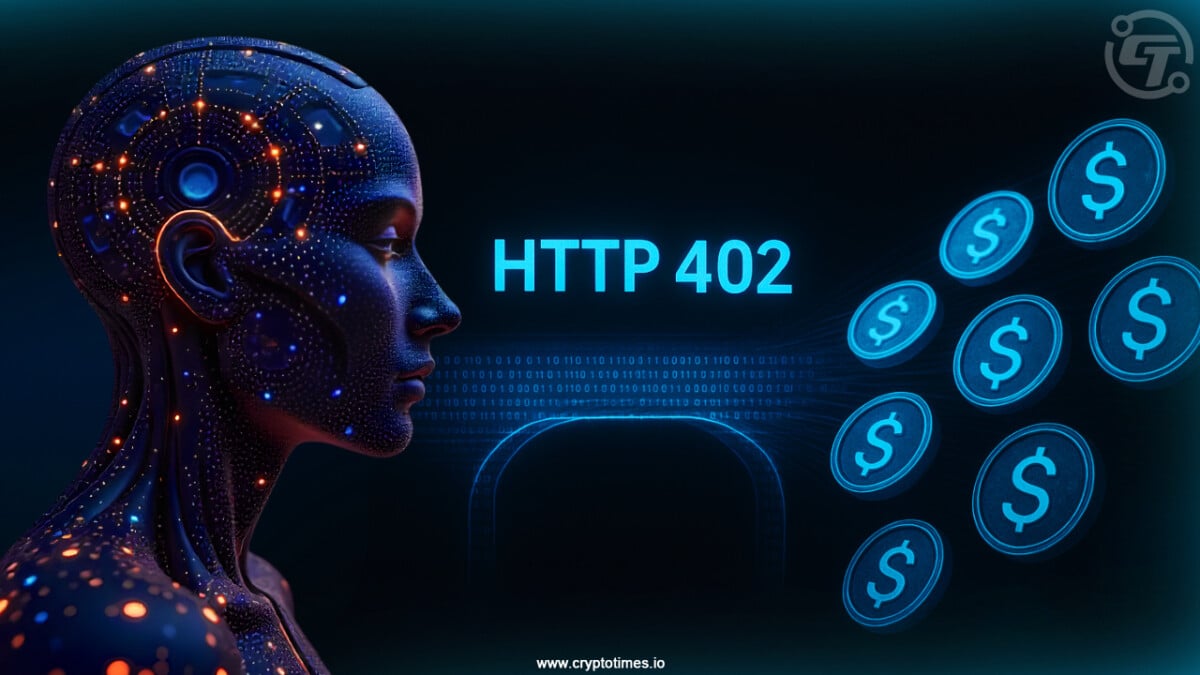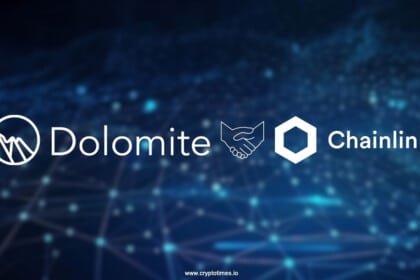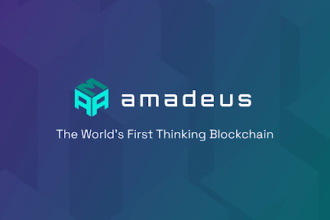The AI revolution has a dirty secret. For all their superhuman intelligence, AI agents are disembodied brains with no hands and no wallet. They are, in a word, “broke.”
Think about it: an advanced AI agent can write code, analyze data, and plan complex tasks. But what happens when it needs to do something in the real world? What if it needs to pay for access to a real-time weather API, buy cloud computing power to run a simulation, or even just read a single $0.50 premium news article?
This is where AI Agents hit a wall. Not a technical wall, but a commercial one. The modern internet, for all its wonders, was built for exchanging data, not value. The payment infrastructure we’ve bolted onto it—built by giants like Stripe and PayPal—is designed for humans, not autonomous agents. It’s a world of:
- Authorization: Logins, passwords, 2FA, and “Are you a robot?” checks.
- Subscriptions: “All or nothing” models that force you into a $15/month plan just to access one piece of data.
- Payment Fees: Credit card systems have high fixed fees (often $0.30 + 3%) that make “micropayments” impossible. Paying $0.05 for an article is not viable when the fee is $0.30.
This clunky, human-centric system has forced the web into two unappealing corners: ubiquitous ad-tracking or never-ending subscription paywalls. And it completely excludes the emerging machine-to-machine (M2M) economy.
To address this roadblock, a new standard is emerging from an unexpected place—a 30-year-old, long-forgotten part of the internet’s original code. It’s called x402, and it’s here to finally give AI, and the internet itself, a native wallet.
What is the x402 protocol?
In the simplest terms, x402 is an open-source protocol that activates the long-dormant HTTP 402 (Payment Required) status code, allowing servers to request instant, on-chain payments (like USDC) before granting access to a resource. x402 is not a company, blockchain, or a token. It is a universal standard, like HTTP or TCP/IP, for how value should be exchanged online.
Here is its history: Back in the 1990s, the creators of the web had the foresight to reserve the HTTP 402 code. They envisioned a future where you might need to pay for web resources. But the technology (and the digital cash) didn’t exist, so the code was “reserved for future use” and sat dormant for three decades.
Now the x402 protocol, initiated by Coinbase, dusts off this code and gives it a job. It defines a simple, machine-readable way for a server to say, “This resource costs $0.01,” and for a client to instantly prove it paid.
The foundation of x402 is built on three core components:
- The Standard: A universal language using standard HTTP headers to communicate the “bill.”
- The Chains: It’s blockchain-agnostic, but it’s built for speed and low fees, making Base and Solana the primary early networks.
- The Money: It uses stablecoins, primarily USDC, for instant settlement and to protect developers and agents from price volatility.
A technical deep dive: How an x402 payment actually works
The “magic” of x402 is its simplicity which abstracts away all the blockchain complexity. A typical x402 transaction involves three key players:
- Client: Your browser, a crypto wallet, or an autonomous AI agent.
- Server: The website, API, or service you’re trying to access.
- Facilitator: A third-party service (like one run by Coinbase or a decentralized one like PayAI) that verifies the payment. This is crucial: it means the server doesn’t need to run its own blockchain node.
Here is the entire flow in four simple steps:
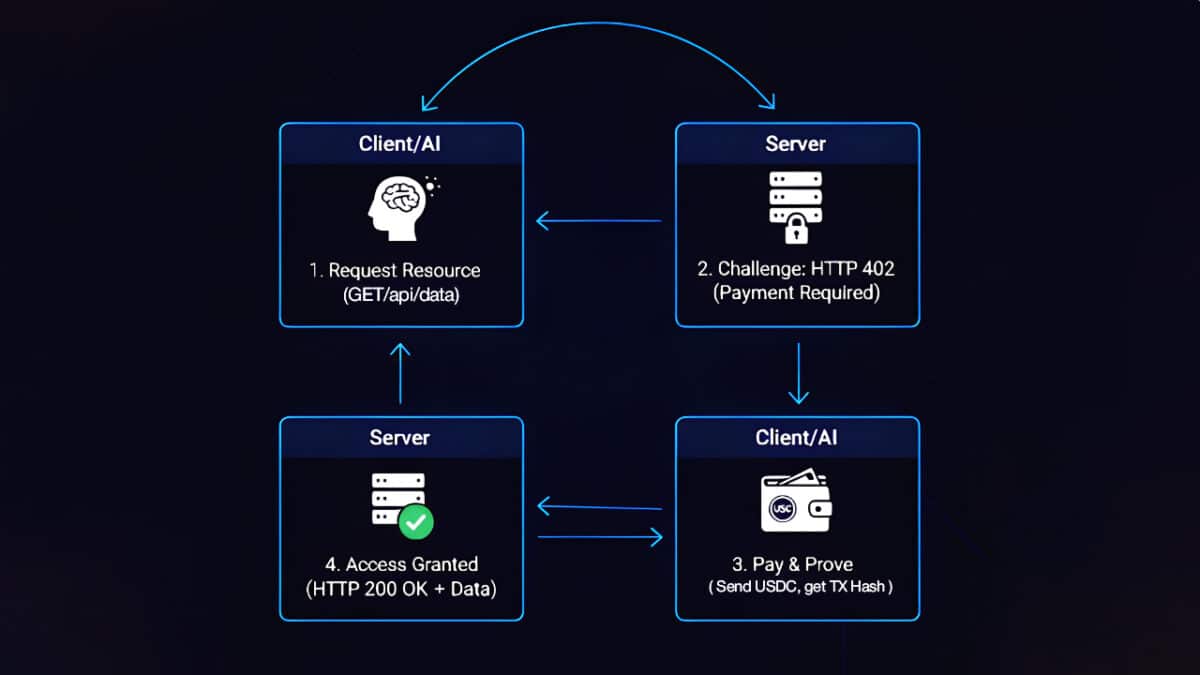
- Step 1: The Request
Your AI agent makes a standard request to an API (e.g., GET /api/stock-price/AAPL).
- Step 2: The 402 Challenge
The server, seeing the resource requires payment, denies the request. It sends back an HTTP 402 (Payment Required) response. This response isn’t just an error; it’s an invoice. The header contains the “bill”: Pay 0.01 USDC on Base to address 0x123…
- Step 3: The Payment
The client’s x402-enabled wallet automatically sees this “bill,” signs the 0.01 USDC transaction, and sends it on-chain.
- Step 4: The Verification & Access
The client immediately re-sends the original request, but this time it adds a new header: X-Payment: [transaction_hash]. The server passes this hash to its Facilitator, which instantly checks the blockchain, sees the payment is valid, and tells the server “OK.” The server then responds with HTTP 200 (OK) and sends the requested data.
This entire process, from request to payment to access, can happen within two seconds.
The “Aha!” moment is this: payment is the authentication. It needs no accounts, passwords, API keys, or personal data. The only question is: did you pay? If yes, you’re in. This is a paradigm shift, creating a truly permissionless and programmatic “pay-per-use” web.
The titans behind x402: Tech giants’ leap
x402 is backed by some of the biggest names in tech and finance, which is also a reason why the narrative has gained so much legitimate traction.
The core founders: Coinbase and Cloudflare
As the protocol’s originator, x402 is a core part of crypto exchange Coinbase’s “on-chain economy” thesis. It drives massive, non-speculative utility to their L2 network Base and to USDC, the stablecoin they co-founded.
As the infrastructure partner, Cloudflare’s support is a massive accelerator for x402. Imagine millions of websites being able to “switch on” x402 micropayments with a single toggle in their Cloudflare dashboard.
X402 Foundation
The x402 Foundation ensures that this development doesn’t become a “Coinbase product.” Its goal is to govern the protocol as a neutral, open, and permissionless standard, much like how other organizations manage core internet protocols.
The growing alliance
Besides Coinbase and Cloudflare, other notable giants like Google, Visa, AWS, and Anthropic This have also joined forces to push x402 forward.
- Google: Has announced it is integrating x402 into its own Agent Payments Protocol (AP2).
- Visa: Is exploring x402 as a standard for its Trusted Agent Protocol (TAP), bridging on-chain payments with its traditional network.
- AWS & Anthropic (Claude): Have partnered with Coinbase to explore M2M payments and how AI models can use this new standard.
This level of broad, cross-industry support suggests x402 is not just a trend but a foundational new piece of internet plumbing.
A new crypto narrative fueled by x402
This is the section crypto investors are watching with frantic intensity. But first, a critical disclaimer: x402 is a protocol, not a token and you cannot “buy x402.”
Instead, a new and volatile ecosystem of tokens is being built on top of the x402 protocol, creating a new “crypto-AI” narrative. This ecosystem is where the speculative frenzy lives.
Explosive growth vs. painful exploits
The past few weeks have been a perfect microcosm of crypto: mind-boggling growth and high-profile, painful risks. As reported by The CryptoTimes on October 27, transaction volume related to the x402 protocol surged by an almost unbelievable 100,000% in a single month. This exponential metric reflects a massive influx of developers, speculators, and early users, all rushing to build and interact with the first x402-enabled applications. This is not a drill; it’s a verifiable on-chain stampede.
But this gold rush has its dangers too. On October 28, an early ecosystem project 402Bridge was exploited for $17,000. The hack was not a flaw in the core x402 protocol itself, but rather a classic, devastating operational failure: the team’s “hot wallet” private key was leaked.
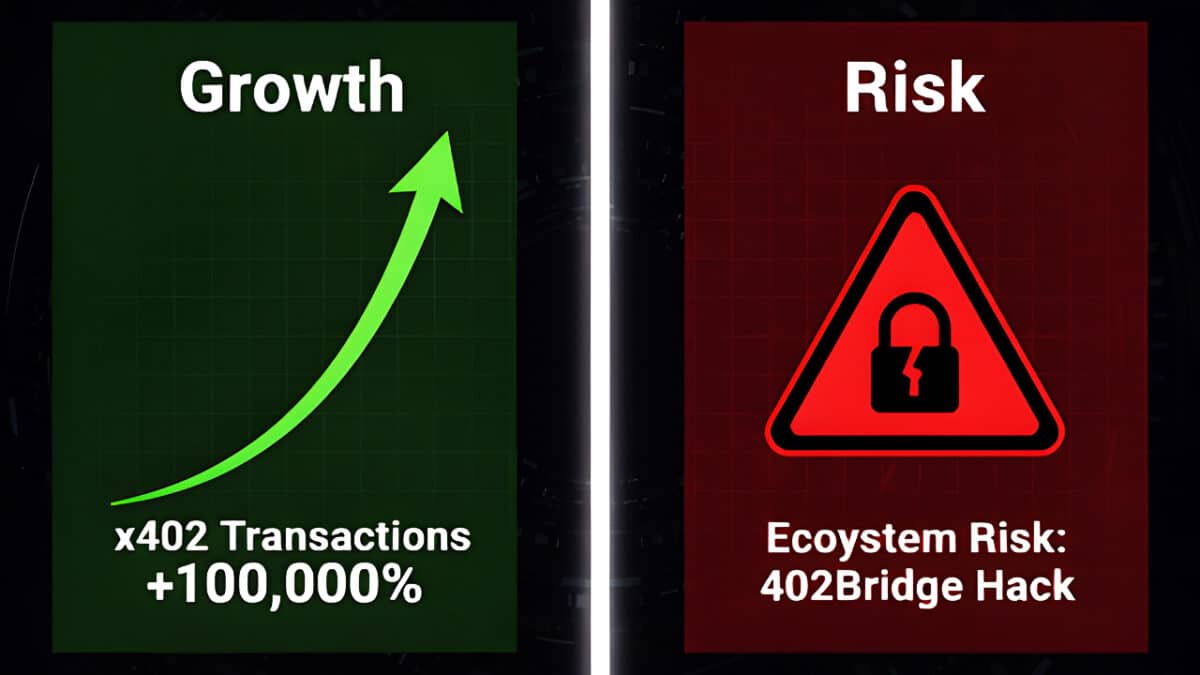
This incident is a critical “growing pain.” It proves that while the x402 standard is secure, the applications being built on it are in their infancy, often rushed to market by teams with immature security practices. It’s a harsh reminder for investors: navigating this new ecosystem means walking through a minefield.
The hype vs. utility: From $PING to infrastructure
The x402 token narrative is evolving in real-time, moving from pure meme to tangible utility.
- The First Wave (Meme): $PING The ecosystem’s “genesis” moment came from $PING. It was a fair-launch experiment: send 1 USDC via an x402-powered minting contract, and receive 5,000 $PING tokens. It was a brilliant marketing move that served as a massive, public stress test of the protocol. It proved the mechanism worked at scale and, in classic crypto fashion, sparked a speculative frenzy that put x402 on the map.
- The Second Wave (Infrastructure): $PAYAI As the market matured (in a matter of days), investors began asking, “Where will the real value accrue?” The answer: Facilitators. Recall that a Facilitator is the service that verifies payments. While Coinbase runs a centralized one, a permissionless protocol needs permissionless infrastructure. This led to the rise of projects like PayAI ($PAYAI), a decentralized facilitator network. $PAYAI aims to be the “picks and shovels” of the x402 economy, a permissionless competitor that anyone can use and that captures value by processing transactions.
Top x402 ecosystem projects to watch out for (As of late 2025)
- PayAI ($PAYAI): The clear market leader in the infrastructure-play category, building the decentralized facilitator network. Its value is tied to the total transaction volume of the x402 economy.
- BankrCoin ($BNKR): A second-layer project building DeFi solutions on top of x402, such as liquidity and lending for the agentic economy.
- $PING: PING is the original x402-minted token. While its direct utility is limited, it serves as the ecosystem’s “hype index” or high-beta “store of value” for the narrative.
Warning: This is the bleeding edge of crypto. These assets are extremely high-risk, volatile, and, as the 402Bridge hack proves, the ecosystem is still immature and dangerous.
The “agentic economy”: What does a future powered by x402 look like?
So, what does this all enable? This is where the hype becomes reality.
- AI Agents: An AI assistant, tasked with “planning a trip to Tokyo,” can autonomously pay $0.01 to a flight API, $0.02 to a hotel booking API, and $0.005 to a weather API, all in seconds, without human intervention.
- Media (The End of Paywalls): Instead of a $20/month subscription, you pay $0.10 for the one article you want to read. Creators are paid instantly, per-view.
- Gaming: Forget clunky “gem packs.” A game could charge $0.001 per bullet fired or $0.25 to unlock a single-use item, all paid instantly from a built-in wallet.
- DePIN (Decentralized Physical Infrastructure): Your smart-thermostat or a private weather station could automatically sell its data 24/7 to data brokers, earning a constant stream of micropayments.
x402 vs. the world
- x402 vs. Stripe/PayPal: No. This is not a Stripe-killer, it’s a market-creator. Stripe is for high-value, human-approved, fiat-based e-commerce. x402 is for low-value, autonomous, crypto-native micropayments. It unlocks a multi-trillion dollar M2M market that Stripe can never touch.
- x402 vs. Bitcoin Lightning: This is a more direct comparison. Both enable micropayments. The key differences are that x402 is (1) web-native, as it’s built directly into the HTTP standard developers already use, and (2) stablecoin-based, which is far more attractive for businesses and developers who cannot tolerate the price volatility of holding Bitcoin.
Conclusion: The web’s “Payment Required” error is finally being fixed
The x402 protocol is a simple, elegant, and profound upgrade to the internet’s basic plumbing. It inserts the “money layer” that has been missing for 30 years.
We are at the perfect intersection of two of the biggest narratives in technology: Artificial Intelligence and Cryptocurrency. The AI agents are the “users,” and the x402 protocol is the “payment rail” that allows them to form an economy.
The current token speculation is a frenzied, high-risk side-show to this much larger, more fundamental story. While the $PINGs and $PAYAIs capture headlines (and fall victim to hacks), the real, quiet revolution is happening at the protocol layer. The web’s “Payment Required” error is finally being fixed, and in doing so, it may have just unlocked the multi-trillion dollar autonomous economy of the future.
x402 Protocol FAQ
What is the x402 protocol?
It is an open-source standard that uses the HTTP 402 “Payment Required” code to allow servers to request instant, on-chain crypto payments (like USDC) for web resources, enabling a new “pay-per-use” internet.
Is x402 a cryptocurrency I can buy?
No. x402 is a protocol, not a token. You cannot “buy x402.” However, a new ecosystem of “x402 tokens” (like $PAYAI and $PING) is being built by projects that use the protocol for their services.
Who created the x402 protocol?
It was originally developed by Coinbase. It is now being governed as an open standard by the x402 Foundation, which was co-founded by Coinbase and Cloudflare.
What blockchain does x402 use?
The protocol is blockchain-agnostic. However, its focus on high-speed, low-fee micropayments means it is primarily being adopted on L2s and chains like Base and Solana.
How is x402 different from Stripe?
Stripe is for human-approved, high-fee, fiat currency payments (e.g., buying a product online). x402 is for autonomous, low-fee, crypto-native micropayments (e.g., an AI paying $0.01 for an API call). It’s built for the machine economy.
Was the x402 protocol hacked?
No. The core protocol was not hacked. A project in the ecosystem, 402Bridge, was exploited due to a private key leak on its own server (a “hot wallet”). This highlights the immaturity and risks of the applications being built on the protocol, not a flaw in the standard itself.

